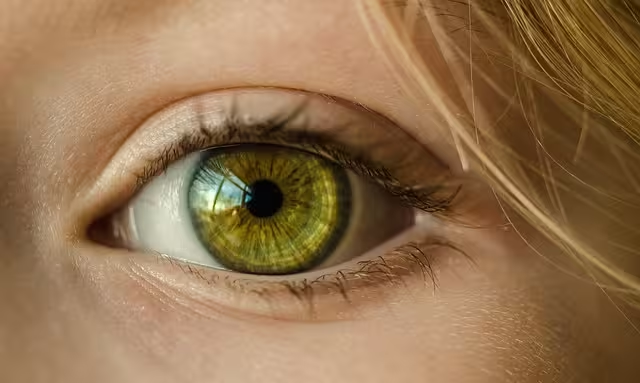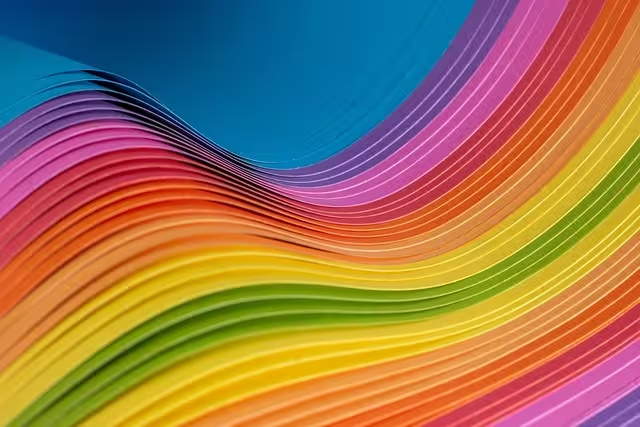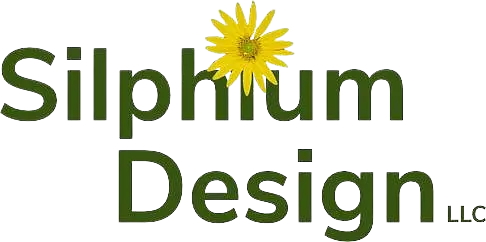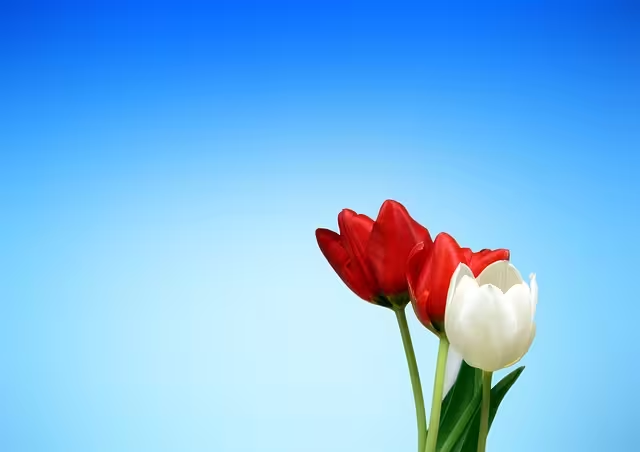The process of chromatic selection within digital design is often left to the subjective preference of the designer, and is often a final aesthetic flourish applied after the core architecture is in place. This approach, while common, overlooks the large and quantifiable impact of color on user cognition and behavior, otherwise known as color psychology. To treat color as mere decoration is to neglect a powerful tool, resulting in digital environments that may fail to connect, leading to suboptimal user experiences and unrealized conversion potential.
A more effective methodology is rooted in the understanding that human color preference is not arbitrary. It is ingrained in evolutionary biology. Our neurological responses are intrinsically tuned to the palettes of the natural world, a concept central to the Biophilia Hypothesis. The sense of calm evoked by cerulean blue, such as used by Julia Morgan or the feeling of vitality from verdant green used by Charles Dickey are not cultural accidents but echoes of an ancient code where specific hues signaled safety, resources, or danger. This analysis, therefore, will operate from this biophilic perspective, positing that the most resonant and effective digital environments are those that leverage these innate chromatic associations.
The objective of the following post is to move beyond subjectivity and furnish designers, developers, and marketers with the technical knowledge required for the strategic application of color. We will deconstruct the psychological and neurological impact of the chromatic spectrum to provide a systematic approach for enhancing brand identity, optimizing user engagement, and ensuring functional accessibility.
Table of Contents
The Science of Color Psychology

The perception of color is not merely a visual event but a complex neurological process with natural evolutionary roots. To leverage color effectively in design, one must first understand the mechanisms by which it influences human thought and emotion.
Defining Color Psychology in Design
Color psychology is the technical study of hues as a determinant of human behavior. It distinguishes itself from simple color symbolism by focusing on the subconscious, often physiological, responses that color elicits. While symbolism is culturally learned (e.g., a nation’s flag), psychological responses are more innate, stemming from the brain’s processing of electromagnetic wavelengths. This field analyzes how chromatic data can influence perception, alter mood, and trigger specific actions, making it a critical discipline for any field concerned with human-computer interaction.
The Neurological & Evolutionary Basis
When light enters the eye, photoreceptor cells (cones) detect its wavelength and transmit this information as a nerve impulse along the optic nerve. This signal travels not only to the visual cortex for processing but also to deeper, more primitive parts of the brain, notably the hypothalamus. As the control center for the pituitary gland, the hypothalamus regulates metabolism, sleep, and the release of hormones that govern our emotional state.
This connection is the bedrock of the Biophilia Hypothesis as it applies to color. Our species evolved outdoors, where color was a primary component and indicator for survival.
- Green: Signaled the presence of vegetation, a source of food and shelter.
- Blue: Represented clear skies (good weather for travel/hunting) and clean water (essential for life).
- Browns/Grays: Indicated earth, stone, and wood—materials for tools and shelter.
- Reds/Yellows: Often marked ripe fruit (high energy) but could also signal danger (fire, venomous animals).
Our brains are therefore hardwired to associate these colors with fundamental concepts of safety, vitality, and risk. A design that utilizes a natural palette reduces cognitive load because it aligns with these pre-existing neurological pathways.
Foundational Theories & Key Entities
The systematic study of color psychology rests on the work of several key figures whose contributions form the basis of our modern understanding.
- Sir Isaac Newton: His experiments with prisms in the 17th century first demonstrated that white light is a composite of a spectrum of colors. His creation of the first color wheel established a logical model of color relationships (complementary, analogous) that remains foundational to color theory today.
- Carl Jung: The psychologist proposed that humans share a “collective unconscious” populated by archetypes. Colors, in his view, are potent carriers of this archetypal meaning. For instance, the universal association of gold or yellow with divinity or power can be traced to the life-giving properties of the sun, an archetype of supreme importance.
- Eva Heller: A 20th-century sociologist and psychologist, Heller conducted extensive empirical research documented in her book The Psychology of Color. By surveying thousands of people, she established statistical correlations between specific colors and abstract concepts, moving the field from theoretical postulation to data-supported conclusions.
The Chromatic Spectrum: A Detailed Analysis for Digital Design Application

Understanding the general psychological profile of each major color is a prerequisite for building an effective and intentional user interface. The following is a technical breakdown for digital application.
Warm Colors: Energy, Attention, and Action
- Red (Hex #FF0000): Associated with passion, importance, and urgency. It can increase heart rate and create a sense of excitement.
- Technical Web Application: Ideal for critical calls-to-action (CTAs) like “Order Now,” sale announcements, and error notifications where immediate user attention is required. Use sparingly to avoid inducing user anxiety or alarm.
- Biophilic Connection: The color of ripe fruit, blood, and fire. Signals high energy, life, and immediate danger.
- Orange (Hex #FFA500): A blend of red’s energy and yellow’s optimism. It suggests creativity, enthusiasm, and affordability.
- Technical Web Application: Effective for subscription buttons (“Sign Up Free”), creative agency branding, and calls-to-action that are meant to be friendly and low-pressure.
- Biophilic Connection: Associated with sunsets, citrus fruits, and autumn. Signals change, vitality, and accessible nourishment.
- Yellow (Hex #FFFF00): Evokes optimism, intellect, and warmth, but in high saturation can also signify caution.
- Technical Web Application: Useful for highlighting key information, drawing attention to navigation elements, or as a primary color for brands focused on positivity and intellect. Also the standard for warning signs.
- Biophilic Connection: The color of sunlight and many flowering plants. Signals energy, clarity, and sometimes the warning coloration of insects like bees.
Cool Colors: Calm, Trust, and Serenity
- Green (Hex #008000): The color most associated with harmony, health, and the natural world. It is the easiest color for the human eye to process.
- Technical Web Application: The default choice for environmental brands, health services, and financial platforms (“green” for money). Also highly effective for success messages and validation notifications.
- Biophilic Connection: The dominant color of terrestrial life. It signals growth, safety, and vitality, reducing stress and promoting a sense of well-being.
- Blue (Hex #0000FF): Overwhelmingly associated with trust, security, logic, and stability. It is the most common favorite color globally.
- Technical Web Application: The standard for corporate websites, financial institutions, high-tech products, and social media platforms (e.g., Facebook, LinkedIn) to build user trust and project competence.
- Biophilic Connection: The color of the sky and bodies of water—vast, constant, and life-sustaining elements that provide a sense of stability and calm.
- Purple (Hex #800080): Historically associated with royalty and luxury due to the rarity of the dye. It also suggests wisdom and spirituality.
- Technical Web Application: Utilized for high-end product branding, educational platforms, and creative services that wish to convey a sense of premium quality or imaginative depth.
- Biophilic Connection: Found in rare flowers (orchids, lavender) and certain minerals. Its scarcity in nature reinforces its association with value and uniqueness.
Neutral Colors: Balance, Sophistication, and Foundation
- Black, White, & Gray: These colors form the structural foundation of most designs including negative and white space.
- White (#FFFFFF): Represents minimalism, cleanliness, and clarity. It is essential for creating negative space, which improves readability and focus.
- Black (#000000): Conveys power, elegance, and sophistication. Used for typography to provide maximum contrast and for branding that aims for a sleek, modern, or luxurious feel.
- Gray (e.g., #808080): Represents neutrality, balance, and professionalism. It is an excellent background color that reduces eye strain and can be used to temper more vibrant accent colors.
- Biophilic Connection: These are the colors of stone, shadow, clouds, and darkness. They provide the structural context of the natural world—the unchanging canvas upon which more vibrant life appears.
Practical Application in UI/UX and Brand Strategy

Theoretical knowledge becomes potent only when applied. The strategic deployment of color is what separates a merely functional interface from a compelling user experience.
Constructing a Brand Identity
A brand’s color palette is its non-verbal signature. The selection process must be an extension of brand strategy, aligning the psychological message of the chosen colors with the brand’s core values. A fintech startup requires a palette that communicates trust and security (likely blues and grays), while a wellness application would benefit from colors that convey health and tranquility (greens and muted earth tones). The palette must be consistent across all touchpoints to build brand recognition and equity.
Enhancing User Experience (UX) and Interface (UI)
In UI/UX, color is a functional tool for guiding user behavior and improving usability.
- Visual Hierarchy: High-contrast colors naturally draw the user’s eye. By strategically applying a bright accent color to primary buttons and key links, designers create a clear path of action, guiding the user intuitively through a workflow.
- Cognitive Load: Complex interfaces, such as dashboards or configuration panels, can overwhelm users. Employing a biophilic-inspired palette with low-saturation blues, greens, and neutral grays can create a calming effect, reducing mental fatigue and allowing users to focus on tasks more effectively.
- State Changes: Color provides immediate, non-verbal feedback. A link changing color on
hoverand after beingvisited, an input field gaining a blue border whenactive, or a button changing from green to gray whendisabledare all examples of color being used to communicate system status clearly and efficiently.
Driving Conversions with Color
The primary goal of most commercial websites is conversion. Color is a key lever in conversion rate optimization (CRO). The principle at play is often the von Restorff effect, or the Isolation Effect, which posits that an item that stands out is more likely to be remembered and selected. A call-to-action button should therefore use a color that has high contrast against its background and is distinct from the main brand colors. While there is no single “best” color for conversion, a high-contrast, action-oriented color (reds, oranges, greens) consistently outperforms a low-contrast, passive one. The final determination of which color performs best must be validated through rigorous A/B testing.
Advanced Considerations: Nuance, Culture, and Accessibility

A sophisticated color design strategy must account for the complexities of human diversity and technical constraints. Ignoring these nuances can render an otherwise well-designed system ineffective or unusable for a segment of the population.
The Critical Impact of Cultural Context
The psychological associations of color are not entirely universal. While responses to primary natural colors are broadly shared, cultural overlays can create significant variations. For example:
- White: Associated with purity and weddings in the West, but with mourning and funerals in many Eastern cultures.
- Red: Signifies danger or debt in Western financial contexts, but represents luck, prosperity, and celebration in China and India.A globally-focused application must either choose a universally “safe” palette (typically dominated by blue) or engage in localization that adapts color schemes to regional cultural norms.
The Imperative of Color Accessibility (WCAG)
An interface is useless if it cannot be perceived by its users. Digital accessibility is not an optional feature but a legal and ethical requirement. The Web Content Accessibility Guidelines (WCAG) 2.1 provide specific, measurable criteria for color usage.
- Contrast Ratio: The contrast between text and its background must be at least 4.5:1 for normal text (Level AA) and 7:1 for enhanced accessibility (Level AAA). This ensures readability for users with low vision.
- Color as the Sole Indicator: Information should never be conveyed by color alone. For users with color vision deficiencies (e.g., deuteranopia, protanopia), differences in hue may be imperceptible. Always supplement color cues with icons, text labels, or patterns (e.g., an error field should have a red border and an error icon/message).
Beyond Hue: The Role of Saturation and Brightness
Discussions of color often oversimplify by focusing only on hue (e.g., “blue”). However, saturation (the intensity of the color) and brightness (the amount of white or black mixed in) are equally important variables.
- Saturation: A highly saturated color is vibrant and energetic, demanding attention. A desaturated (muted) color is more subtle, calming, and can appear more sophisticated.
- Brightness: A light, bright color (a tint) feels airy and open. A dark color (a shade) can feel more dramatic, serious, and intimate.A successful palette uses variations in all three dimensions to create depth, hierarchy, and a refined aesthetic.
Conclusion: Color as a Strategic, Data-Informed Tool
We have demonstrated that color in digital design is far from a subjective art. It is a technical discipline that sits at the intersection of neuroscience, evolutionary biology, and data science. The journey from a photon striking the retina to a user clicking a “Purchase” button is a chain of neurological and psychological events that can be understood and influenced.
The most robust and effective color strategies are built on a systematic framework. They begin with an understanding of our innate, biophilic responses to the natural world, are refined through the lens of cultural and psychological research, and are implemented within the strict, user-first constraints of accessibility. By treating color with the analytical rigor it deserves, we can move beyond mere decoration to create digital experiences that are more intuitive, more engaging, and fundamentally more human-centric.